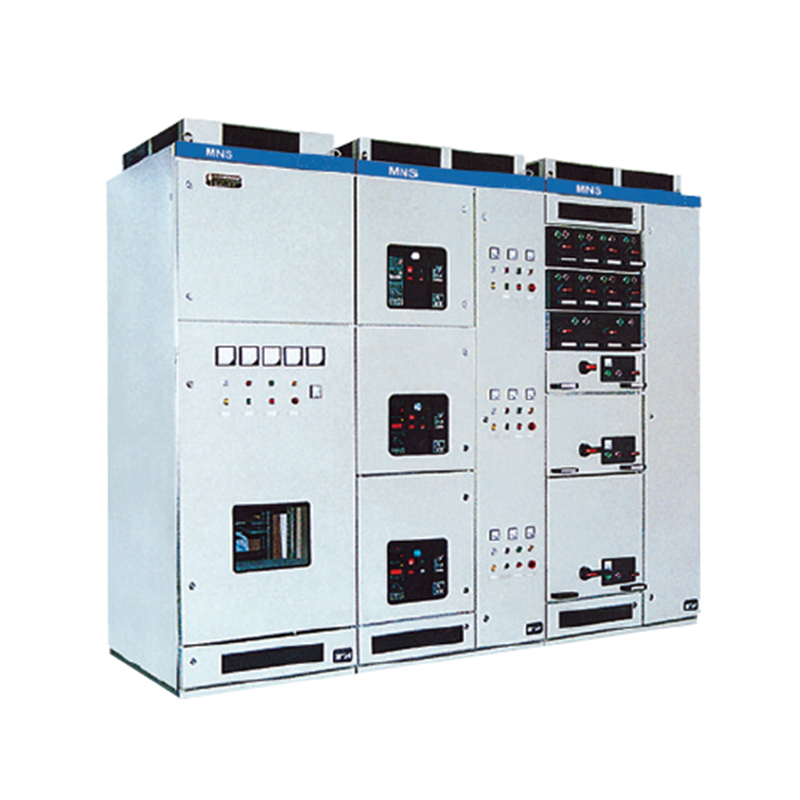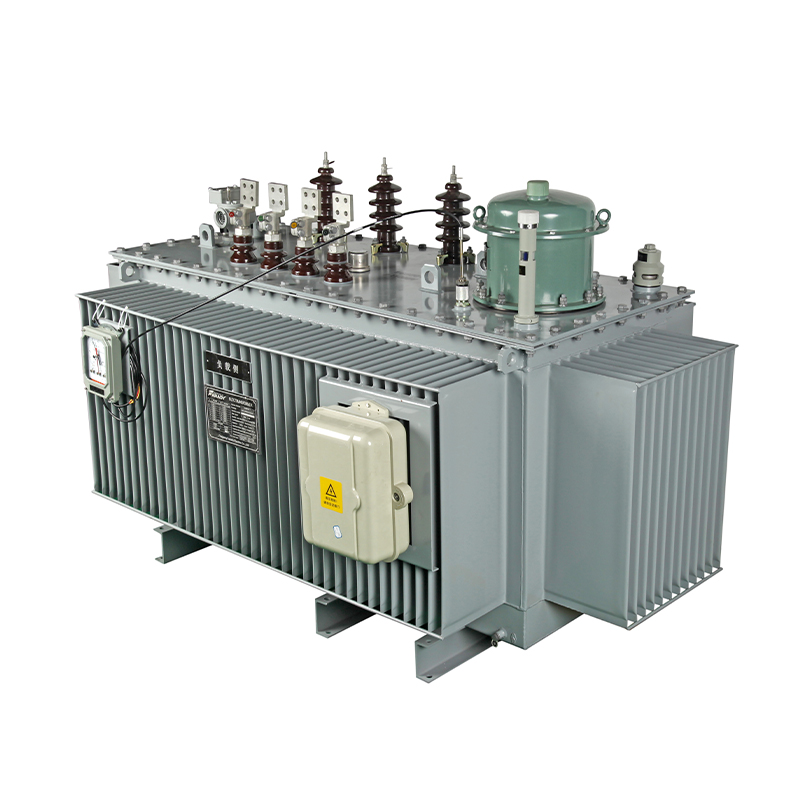Interface and Communication Protocol Analysis of Stepped Voltage Regulator

The interface and communication protocol of the stepper voltage regulator are key components to ensure the normal operation of the equipment and achieve effective control. Here are two detailed analyses of the aspects:
###1、 Interface parsing
The interfaces of a stepper voltage regulator mainly include power interface, stepper motor interface, control interface, and other possible auxiliary interfaces.
1. * * Motor power interface * *: Used to connect the power supply and provide working voltage for the voltage regulator. It usually includes two interfaces, positive and negative, and it is necessary to ensure that the power supply voltage meets the rated voltage range of the regulator.
2. * * Stepper interface * *: Used to connect a stepper motor, usually consisting of four wires corresponding to the A+, A -, B+, and B-phases of the stepper motor. Correct wiring is the key to ensuring the normal operation of stepper motors.
3. * * Control Interface * *: Used to connect external control devices such as PLCs, microcontrollers, etc. Through these interfaces, external devices can send control signals to the voltage regulator to achieve precise control.
4. * * Other auxiliary interfaces * *: may include limit switch interfaces, alarm signal interfaces, signal ground interfaces, etc. These interfaces are used to connect other related devices or sensors to achieve more functions, such as position control, status monitoring, etc.
###2、 Communication Protocol Analysis
The communication protocol of a stepper voltage regulator is the basis for achieving effective communication with the upper computer or other control devices. Communication protocols typically include communication methods, communication parameters, and data formats.
1. * * Communication method * *: Refers to the method of data transmission between the voltage regulator and the upper computer. Common communication methods include USB, RS232, RS485, CAN, etc. Among them, RS485 is widely used due to its advantages of long distance, high speed, and low cost.
2. * * Communication Parameters * *: To ensure the stability and accuracy of communication, a series of communication parameters need to be set, such as baud rate (data transmission rate), data bits (the number of valid data bits in each byte), stop bits (the number of bits indicating the end of data), and checksum bits (the number of bits used for data verification).
3. * * Data Format * *: The communication protocol defines the transmission format of data, including the start bit, data segment, check segment, and end bit. The data segment usually contains specific control instructions or status information, used to achieve precise control or status monitoring of the voltage regulator.
In addition, for high-voltage step adjustable voltage equipment, its communication protocol may also involve safety regulations, such as user qualification requirements, safety protection measures during operation, and regular maintenance and repair of the equipment. These regulations aim to ensure the safe, stable, and effective operation of equipment.
In summary, the interface and communication protocol of a stepper voltage regulator are essential components for the normal operation and effective control of the device. By delving into the specific details of these interfaces and protocols, users can better understand and apply these devices, thereby improving work efficiency and security.
Relate Products
Relatenews
- Step Voltage Regulators: Key Specifications to Know 2025-09-05 15:31:00
- The Future of Step Voltage Regulators in Smart Grids 2025-08-25 08:16:00
- Efficiency Metrics for Step Voltage Regulators 2025-07-19 08:45:00
- Step Voltage Regulators: Addressing Voltage Flicker in Welding Operations 2025-07-08 17:49:00
- Application and Challenges of step voltage regulator in Ocean Engineering 2024-12-26 15:41:41
- Seismic performance evaluation and reinforcement suggestions for step voltage regulator 2024-12-26 15:41:39
- Compact Design and Space Optimization Scheme of step voltage regulator 2024-12-26 15:41:38
- Discussion on the Integration of Intelligent Manufacturing and Industrial Internet of Step by step voltage regulator 2024-12-26 15:41:37





